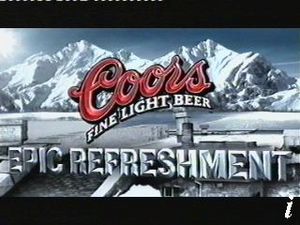By 1825 Spanish rule had been completely done away with in its colonies of South America. Beginning in 1811, a revolutionary named Simon Bolivar led and uprising that would free the South American countries of the Spanish government, but once Spain’s control diminished, so did the political unity in South America. Once the revolutions were over, each of the countries had a hard time establishing and sort of respectable sovereignty. Bolivar, the hero if the liberation, attempted to form the South American colonies into a loose confederation that resembled the government of the United States before the Constitution. Though the revolution itself was inspired by the American Revolution led by George Washington, the aftermath of these countries did not enjoy the same comfort.
Republic governments were set up in most of the countries following the failure of the confederation. After the fragmentation, the independent governments struggled by themselves. The Spanish government had been more dictatorial than the British government was in its colonies, and as a result the leaders of Latin America did not have any experience in running a government. Unable to self-govern, several Latin American countries were incapable of institution a constitution that would allow success. Instead, these countries bounced around from constitution to constitution in an attempt to find political stability. The failure of these constitutions allowed for the rise of several military leaders in Latin American countries.
The elites of the newly freed nations all but paved the way for the rise of military leaders. Their oppression prevented the participation of over 95% of the male population. The elites had taken advantage of the people and were following suite in the path of the Americans by pushing out the indigenous people who already lived in Latin America. In an attempt to find more land for agriculture, these people were conquered and pushed completely out of Latin America. Despite the conquering of the native peoples, countries were drastically divided within themselves. Promising social stability, regional military leaders called caudillos took advantage of the disgruntlement of the masses and the rose to power.
One caudillos, named Juan Manuel de Rosas, developed an autonomous state and attempted to centralize it. He faced rebellions but put them down the same way most military leaders would disrupt rebellions: a mass murder. Rosas had over 20,000 rebels killed in an attempt to bring social stability, which he had accomplished. His dictatorial way of ruling the government was no unusual in Latin America. In Mexico during the war with America the leader of the country was military leader Antonio Lopez Santa Anna. After his defeat he was overthrown and replaced with a president. President Benito Juarez attempted to put into place new reforms for the government but met heavy resistance and even had to endure a revolution. Those who got the short end of the reforms, the lower class, took up arms and fought in a long civil war that began in 1911 but soon was overshadowed by World War I. The radicals were eventually defeated and a stable Mexican Constitution was put into place that involved reforms such as minimum wages and universal suffrage.
Sources:
Traditions and Encounter Volume II by Heather Streets, Herbert Ziegler, and Jerry Bentley.

